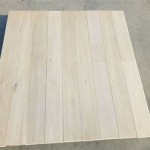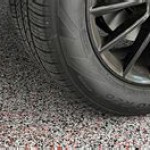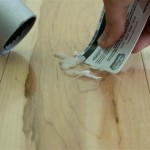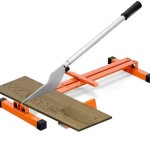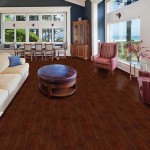Essential Aspects to Consider When Choosing Non-Slip Tile Flooring
Non-slip tile flooring offers unparalleled safety and practicality for various indoor and outdoor spaces. However, selecting the right non-slip tile can be overwhelming. Here are some critical aspects to keep in mind:
1. Coefficient of Friction (COF):
The COF measures a tile's resistance to slipping. A higher COF indicates a higher resistance to slippage. For wet areas, such as bathrooms and pool decks, a COF of 0.6 or higher is recommended for adequate traction.
2. Texture:
The texture of the tile surface plays a significant role in preventing slips. Textured tiles provide additional grip, especially when wet. Consider tiles with a stippled, embossed, or rough finish for enhanced slip resistance.
3. Finish:
The finish of the tile affects its grip. Matte and satin finishes offer higher slip resistance compared to glossy finishes, which can be slippery when wet. Choose a finish that balances aesthetics with safety based on your specific needs.
4. Material:
Different tile materials have varying non-slip properties. Porcelain and ceramic tiles are typically non-slip, while natural stone tiles may require additional treatments to enhance their slip resistance. Consider the intended use and select a material that provides the desired level of traction.
5. Water Absorption:
The water absorption rate of the tile can impact its slip resistance. Tiles with a low water absorption rate tend to be less slippery when wet. Opt for tiles with a water absorption rate of less than 0.5% for outdoor applications or areas exposed to moisture.
6. Substrate Preparation:
Proper substrate preparation is crucial for ensuring the non-slip performance of the tile. The subfloor must be level, clean, and free of debris. Using a bonding agent and installing the tile correctly can help enhance the tile's slip resistance.
7. Maintenance:
Regular maintenance is essential to maintain the non-slip properties of the tile. Avoid using harsh chemicals or abrasive cleaners that can damage the tile surface. Sweep or mop regularly and apply a non-slip treatment as needed to preserve the tile's slip resistance.
Conclusion:
Choosing non-slip tile flooring requires careful consideration of various factors. By understanding the essential aspects discussed above, you can select the right tiles for your specific needs. Remember, non-slip flooring not only enhances safety but also provides peace of mind, making your home or commercial space more comfortable and inviting.

Anti Skid Tiles For Bathroom Kitchen Slip Floor Orientbell

Gastronomy Kitchen Anti Slip Flooring With Swissgrip

Gastronomy Kitchen Anti Slip Flooring With Swissgrip

Anti Slip Floor Tiles Low S And Free Samples Direct Tile Warehouse

Non Slip Bathroom Floor Tiles Manufacturers And Suppliers Whole Hanse

Quality Anti Slip Flooring Tiles Low S And Free Samples

Lifeproof Slip Resistant Porcelain Tile The Home Depot

Slip Stop Tiles Vs Anti What S The Difference Niro Granite

Glazeguard Plus Anti Slip Coating For Porcelain Concrete Stone

Anti Skid Tiles For Bathroom Kitchen Slip Floor Orientbell

